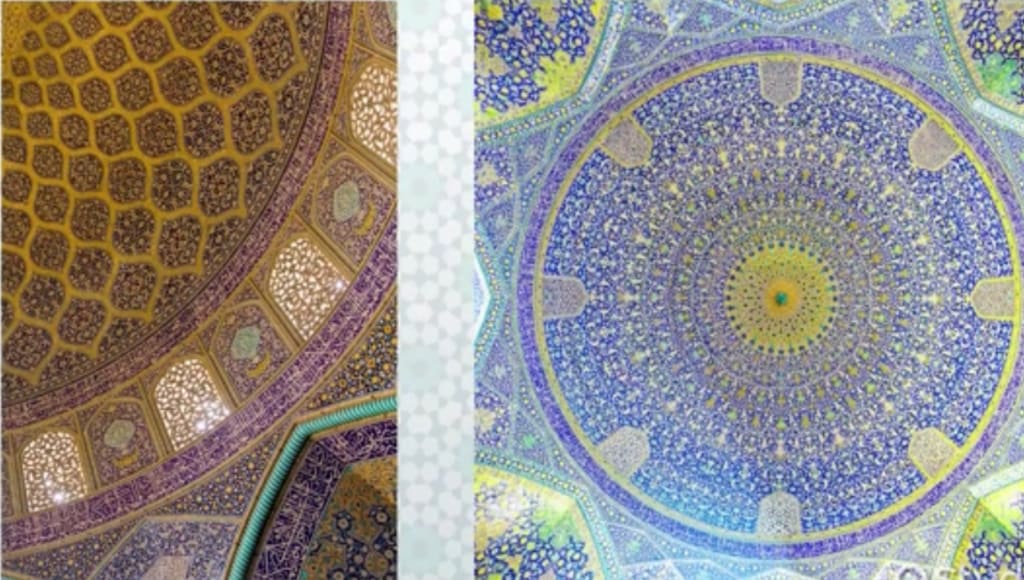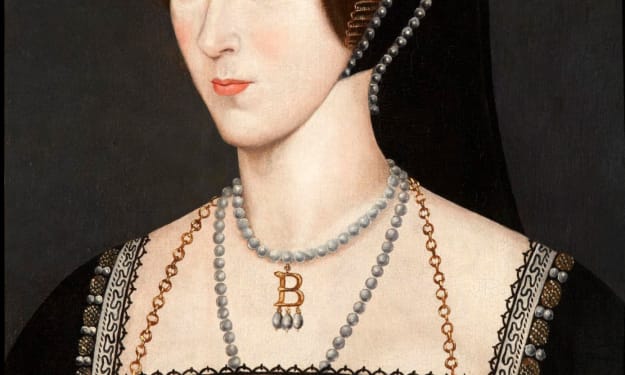Diversity in Unity: Islamic Art Across Global Horizons
A true masterpiece

Diversity in Unity: Islamic Art Across Global Horizons
Islamic art, characterised by its intricate designs, geometric patterns, and deep symbolism, has made an enduring impact on the cultural heritage of various regions worldwide. From the elaborate mosques in the Middle East to the vibrant tiles found in Andalusia, Islamic art stands as a testament to the interconnectedness of diverse Islamic civilizations and their enduring commitment to beauty, spirituality, and innovation.
Origins and Basis:
The roots of Islamic art date back to the 7th century, following the rise of Islam in the Arabian Peninsula. Initially refraining from figurative depictions, Islamic art focused on calligraphy, geometric patterns, and arabesque designs. These early forms laid the groundwork for a unique artistic tradition that would evolve and thrive across different continents.
Calligraphy as an Art Form:
Among the revered expressions of Islamic art is calligraphy, with the Arabic script, especially Quranic verses, serving as a central element. Expert calligraphers transformed words into intricate compositions, highlighting the visual allure of the written word. From the disciplined Kufic script to the flowing Naskh style, calligraphy became a means of visually embodying divine messages.
Geometry and Arabesque Elements:
Islamic art is closely associated with geometric patterns and arabesque designs, often adorning mosques, palaces, and manuscripts. These elements convey a sense of mathematical precision and aesthetic harmony. The intricate tilework, muqarnas (stalactite vaulting), and star patterns symbolise the infinite nature of God's creation and the interconnectedness of all things.
Mosque Architecture:
Islamic architecture, exemplified by mosques, showcases the harmonious integration of functionality, aesthetics, and spirituality. Examples like the Great Mosque of Cordoba, the Blue Mosque in Istanbul, and the Sheikh Zayed Grand Mosque in Abu Dhabi demonstrate the diversity and splendour of Islamic architectural styles. Domes, minarets, and courtyards are employed to create spaces conducive to prayer and contemplation.
Persian Miniatures:
In medieval Persia, a distinct form of artistic expression emerged in Persian miniatures. These detailed paintings adorned manuscripts, depicting scenes from Persian literature with intricate narratives and vibrant colours. Artists such as Bihzad and Mahmoud Farshchian made significant contributions to this genre, producing visual masterpieces that combined storytelling with artistic finesse.
Andalusian Tiles and Mosaics:
Islamic art reached its pinnacle in Al-Andalus, where the interplay of Islamic, Christian, and Jewish cultures resulted in a unique cultural synthesis. The Alhambra in Granada, Spain, stands as a testament to this fusion, featuring stunning tiles, intricate stucco work, and reflective pools. The Nasrid Palaces within the Alhambra exemplify the epitome of Islamic craftsmanship.
Ottoman Illumination and Textiles:
The Ottoman Empire contributed significantly to Islamic art, particularly in illumination and textiles. Illuminated manuscripts, adorned with gold leaf and intricate illustrations, conveyed opulence and sophistication. Turkish carpets and textiles, featuring elaborate patterns and motifs, became symbols of wealth and prestige.
Mughal Legacy in India:
In the Indian subcontinent, the Mughal Empire's impact on art and architecture is evident. The Taj Mahal, an iconic symbol of Mughal architecture, exemplifies this influence with its symmetrical design, white marble facade, and intricate floral motifs. Mughal miniature paintings, depicting detailed scenes of courtly life and nature, showcase a blend of Persian and Indian artistic influences.
Contemporary Expressions:
Islamic art continues to evolve in the contemporary world. Artists draw inspiration from traditional forms while incorporating modern elements. Calligraphers experiment with new styles, architects blend traditional designs with contemporary materials, and artists engage with diverse mediums to express their interpretations of Islamic aesthetics.
Conclusion:
Islamic art, with its diverse forms and expressions, stands as a testament to the unity and creativity of Islamic civilizations throughout history. From the Arabian Peninsula to Spain, from Persia to India, Islamic art has woven a tapestry of beauty, spirituality, and cultural exchange. Its enduring legacy resonates not only in historical artefacts but also in the vibrant expressions of contemporary artists who continue to draw inspiration from this rich and multifaceted artistic tradition. Through the ages, Islamic art has transcended borders, inviting viewers into a world where beauty and meaning converge in a celebration of the divine and the human spirit.
About the Creator
Enjoyed the story? Support the Creator.
Subscribe for free to receive all their stories in your feed. You could also pledge your support or give them a one-off tip, letting them know you appreciate their work.
Reader insights
Outstanding
Excellent work. Looking forward to reading more!
Top insights
Compelling and original writing
Creative use of language & vocab
Easy to read and follow
Well-structured & engaging content
Excellent storytelling
Original narrative & well developed characters
Expert insights and opinions
Arguments were carefully researched and presented
Eye opening
Niche topic & fresh perspectives
Masterful proofreading
Zero grammar & spelling mistakes
On-point and relevant
Writing reflected the title & theme





Comments (1)
As an art enthusiast, I was very drawn to this article you wrote. You made some great point that are worth taking note of. Keep up the great work!